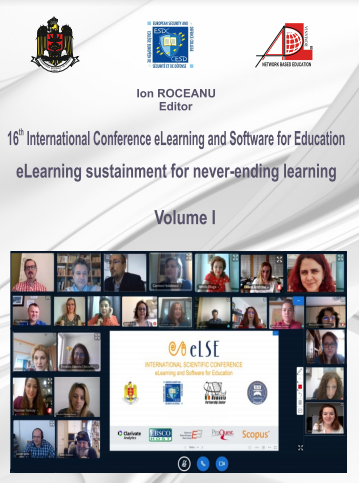THE COMPARISON OF THE RESULTS OF THE CORRESPONDENCE AND THE FULL-TIME TRAINING
THE COMPARISON OF THE RESULTS OF THE CORRESPONDENCE AND THE FULL-TIME TRAINING
Author(s): József UDVAROS, Ákos GUBÁNSubject(s): Higher Education , Pedagogy
Published by: Carol I National Defence University Publishing House
Keywords: Full-time training; Correspondence training;
Summary/Abstract: Based on statistics members of the correspondence training are mostly people who are working, so in most cases this decision for them is forced. The least of them choose this because of personal reasons (for example: unfinished full-time trainings, individual researches, living far away from school, etc.). Nowadays most of the universities offer classic full time-training as well as correspondence trainings. There is no difference between the diploma earned with full-time training and correspondence training. Compared to the full-time training there are less members of the correspondence training, so the lecturers can attend to somebody more individually. Most universities require from students in correspondence training to complete internships where they gain experience. Based on their experience, they prepare their diploma work. It often happens that correspondence training provides less valuable education than full-time education. However, this is already denied by the trainers, and employers do not raise this issue. Both type of trainings has valuable people with different benefits. Correspondents usually stand out for their purposefulness and life experience, which makes them unique not only at university but also later in the workplace. Because contact hours are on Friday afternoons and weekends, they are usually blocked.
Journal: Conference proceedings of »eLearning and Software for Education« (eLSE)
- Issue Year: 16/2020
- Issue No: 01
- Page Range: 638-644
- Page Count: 7
- Language: English

